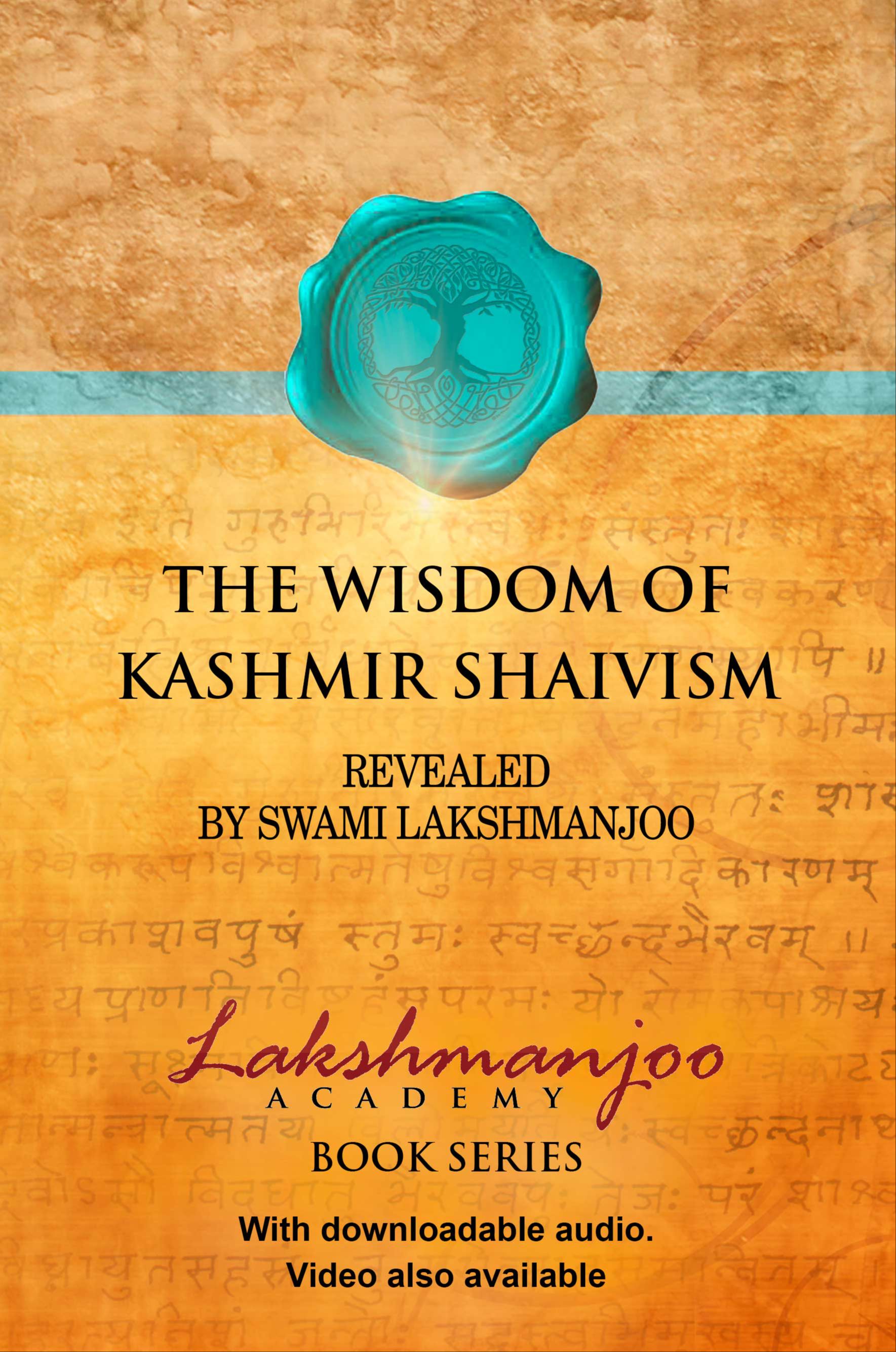Swami Lakshmanjoo explains a śāktopāya154 practice of supreme awareness of voidness, where one enters in the transcendental void state of Śiva.
This excerpt is from The Manual for Self Realization, 112 Meditations of the Vijnana Bhairava (verse 39), by Swami Lakshmanjoo.

Dhāraṇā 16
Now, he will explain another way of process which is āṇavopāya and sentenced to śāmbhavopāya. That is the thirty-ninth śloka.
प्रणवादिसमुच्चारात्
प्लुतान्ते शून्यभावनात् ।
शून्यया परया शक्त्या
शून्यतामेति भैरवि ॥३९॥
praṇavādisamuccārāt
plutānte śūnyabhāvanāt /
śūnyayā parayā śaktyā
śūnyatāmeti bhairavi // 39 //
Bhairavi, O Pārvatī, praṇavādi samuccārāt, . . .
There are three kinds of praṇavas–Vedic praṇava, Śiva praṇava, and Māyā praṇava. Vedic praṇava is “oṁ”; Śiva praṇava is “hūṁ”; Māyā praṇava is “hrīṁ”. Hrīṁ is called Māyā praṇava from our Shaiva point of view; and hūṁ is called Śiva praṇava; and oṁ is called Veda praṇava. Just recite these, any of these. You may recite oṁ, you may recite hūṁ, or you may recite hrīṁ–Veda praṇava, Śiva praṇava, or Māyā praṇava.
. . . praṇavādi samuccārāt, you must recite it in this way–plutānte. You must not recite just like “oṁ”; not like that. Plutānte, you must end it in pluta. “Ooooooooooooooṁṁṁ”, like this [Swamiji demonstrates]. In the same way, you must recite hūṁ and you must recite hrīṁ. Any of these mantras you may recite.
When you recite it, in the end you must concentrate on the voidness of that sound, where this sound merged in the end. The sound is finished afterwards, and there you must concentrate, there you must contemplate.
Śūnya bhāvanāt parayā śūnyayā śaktyā, and, by that supreme awareness of voidness, he enters in the transcendental void state of Śiva. Śūnyatāmeti bhairavi, he enters in the transcendental state of Lord Śiva, transcendental void state, voidness.
Praṇavādi samuccārāt plutānte śūnya bhāvanāt–only there is a touch of āṇavopāya in the beginning, just to start with but in the body of this process it is all pure śāktopāya154.
_______________________
154 This dhāraṇā has a touch of āṇavopāya at the beginning because a mantra is to be recited first.
NOTE: A more detailed explanation of the twelve phases of the praṇavamantra auṁ (oṁ) is given in “Light on Tantra in Kashmir Shaivism–Abhinavagupta’s Tantrāloka“,
Chapter One, Translation and Commentary by Swami Lakshmanjoo, ed. John
Hughes, (Lakshmanjoo Academy, Los Angeles, 2017). Appendix 17, pages
405-409.
Source: The Manual for Self Realization, 112 Meditations of the Vijnana Bhairava by Swami Lakshmanjoo
All Content is subject to Copyright © John Hughes






